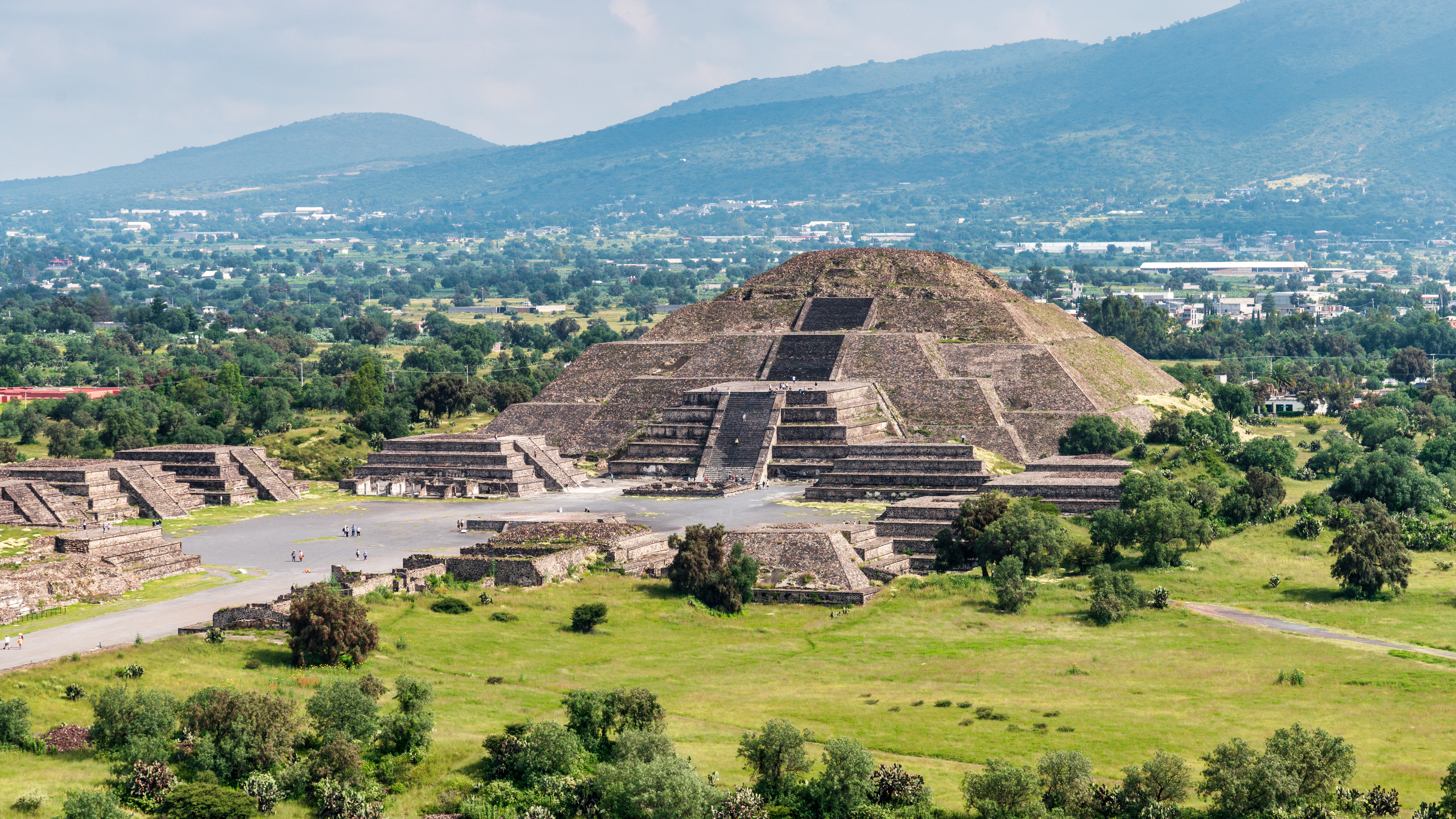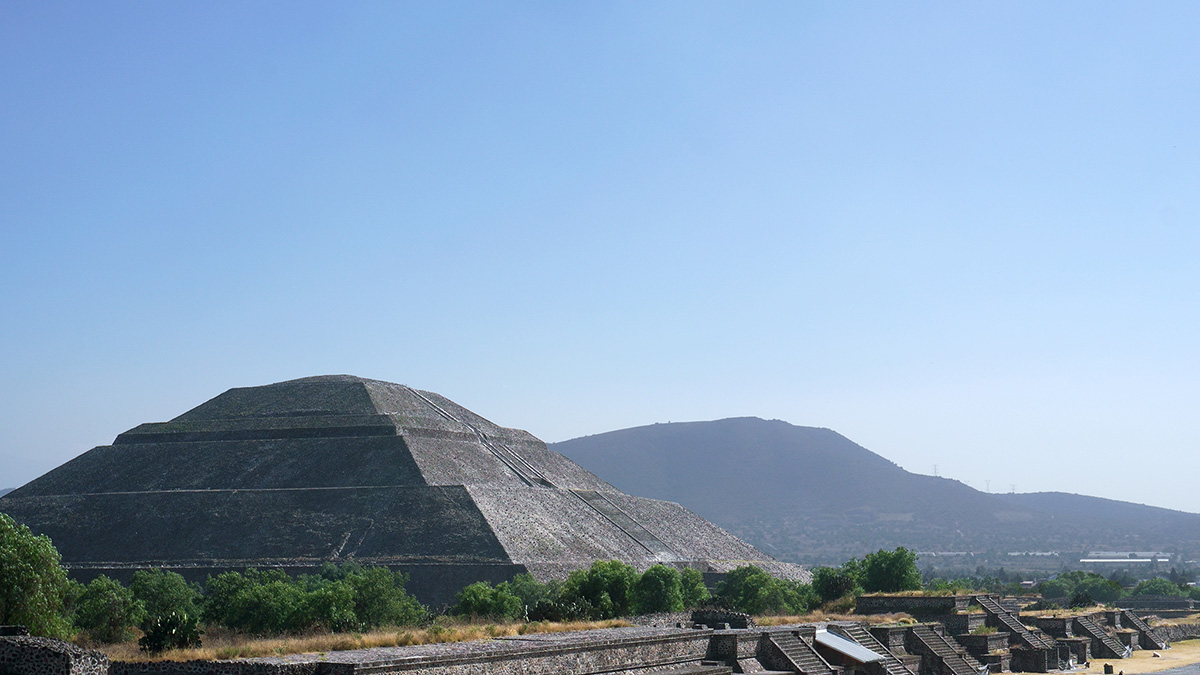From 1900 to 2022, the Teotihuacan Pyramid in Mexico experienced a profound transformation that unveiled its ancient splendor. Once mistaken for a natural hill due to its dense covering of vegetation and accumulated debris, this iconic structure lay hidden from sight at the dawn of the 20th century. Thanks to decades of archaeological effort, it emerged as one of the most significant architectural feats of the ancient world.
The Early 20th Century: A Hidden Marvel
In 1900, the Pyramid of the Sun, the largest pyramid in Teotihuacan, bore little resemblance to its original grandeur. Its eroded façade was buried under layers of vegetation and rubble, blending seamlessly with the natural landscape. Initial archaeological efforts, led by Leopoldo Batres, marked the beginning of its rediscovery. Batres’ excavation, while controversial in some methods, revealed the massive scale of the structure and laid the foundation for future studies of the Teotihuacan complex.

Mid-20th Century: Restoration and Rediscovery
The mid-20th century saw extensive restoration projects that brought Teotihuacan’s pyramids into sharper focus. Renewed interest in Mexico’s pre-Columbian heritage spurred efforts to preserve and reconstruct these monuments while respecting their historical integrity. Archaeologists unearthed ritual platforms, intricate carvings, and vibrant painted murals, offering invaluable insights into the spiritual and cultural practices of the ancient Teotihuacanos.

Excavations also expanded to the Pyramid of the Moon and other surrounding structures, revealing an advanced urban layout with residential, ceremonial, and commercial zones. This work highlighted the sophistication of Teotihuacan as a major cultural and economic hub.
21st Century: A Global Heritage Site
By 2022, the Teotihuacan Pyramid had been fully restored, becoming a symbol of Mexico’s rich history and cultural heritage. Designated as a UNESCO World Heritage Site, it attracts millions of visitors each year who explore the Avenue of the Dead and marvel at the grand pyramids. Technological advancements, including LiDAR scanning and ground-penetrating radar, continue to reveal hidden chambers and artifacts. Among the most intriguing recent discoveries are tunnels beneath the Pyramid of the Feathered Serpent, which likely held ceremonial and religious significance.

Cultural and Historical Significance
Teotihuacan’s pyramids are more than monumental architectural achievements; they reflect the spiritual, astronomical, and sociopolitical expertise of one of Mesoamerica’s greatest civilizations. The precise alignment of the pyramids with celestial events demonstrates the Teotihuacanos’ advanced understanding of astronomy. Meanwhile, the city’s influence as a major trade and cultural center extended far beyond its borders, shaping the region for centuries.

Legacy and Preservation
The transformation of the Teotihuacan Pyramid from an overgrown hill to a globally recognized icon is a testament to the power of archaeological discovery and cultural preservation. Today, it stands not only as a monument to the ingenuity of its creators but also as a powerful reminder of the importance of safeguarding humanity’s shared heritage for future generations.


